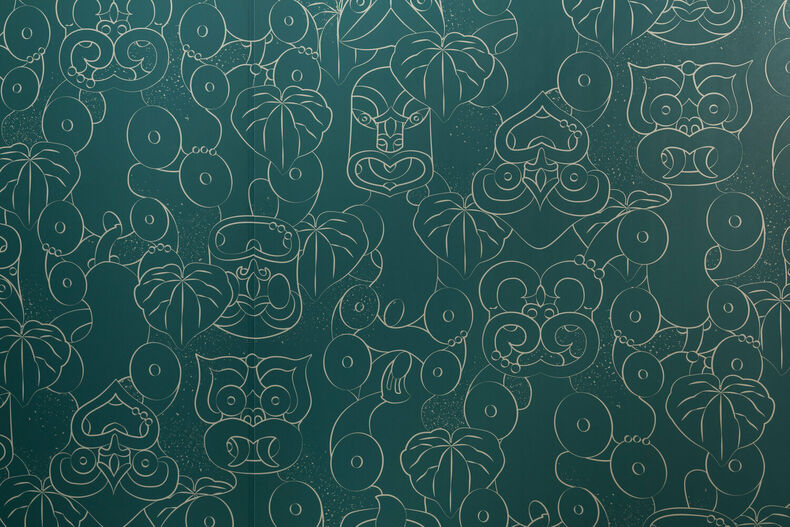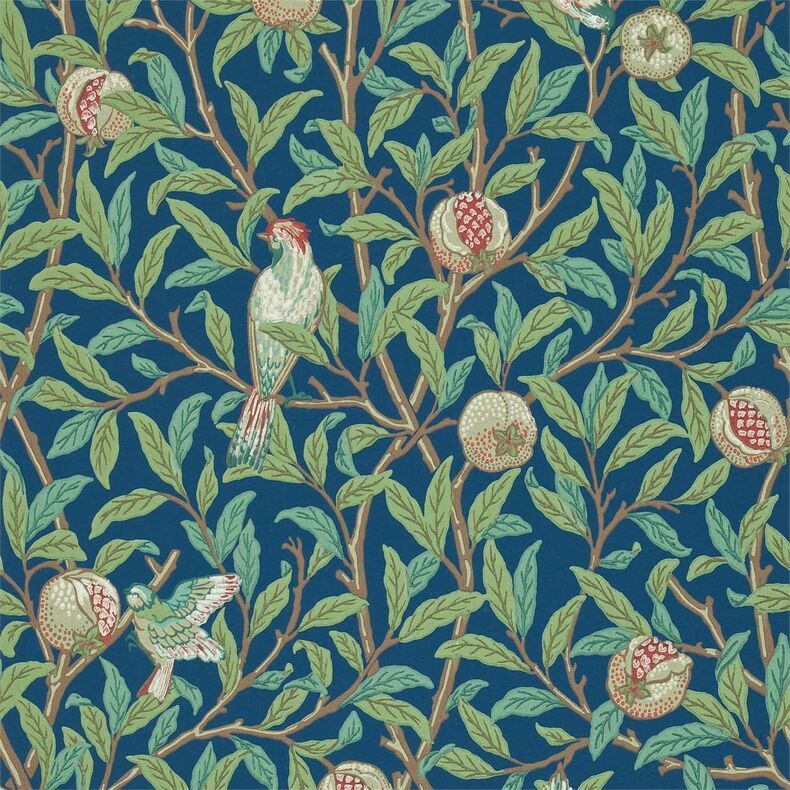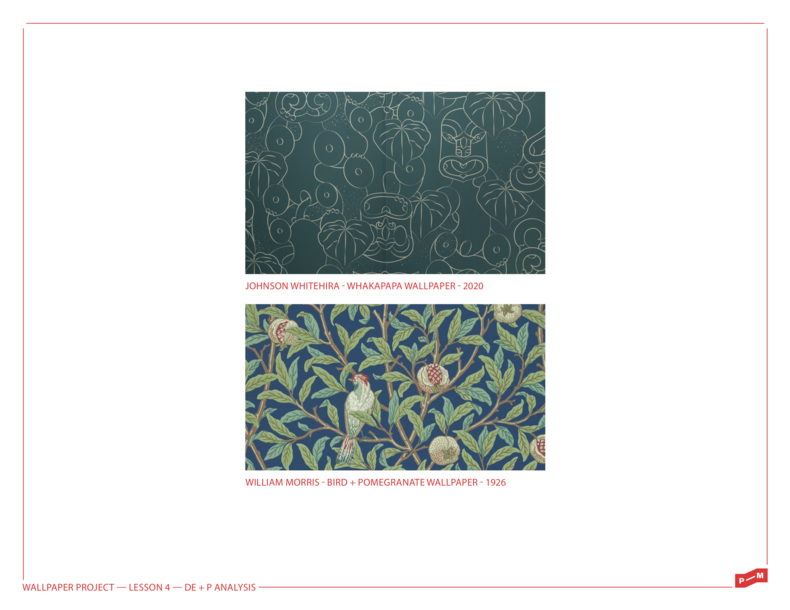- Device
- Internet
- Printer (if possible)
- Pens (different colours)
- Copy of the quick reference sheets
- Copy of the analysis task sheets
1
Introduction
Learning to design is about training yourself to observe the world in more detail and ask questions about what you see. It’s all about observation and identification followed by a series of critical questions such as; what has been used, why was it used, and what are the effects of those decisions?
Equipment
Guiding questions
Think about these questions as you work your way through the lesson:
Lesson content
Last lesson you were introduced to the design elements and principles (DE + P) and you created your own reference sheets. Today we are going to ‘unpack’ two examples of wallpaper design using the DE + P to describe what we see.
Pay special attention to which elements have been used and how they relate to each other through the principles of design to create a successful composition.
Success in this context seems simple: would someone think the print is cool/interesting enough to purchase and put on their wall?

Witehira's Whakapapa Wallpaper. Photo: Design Assembly
Style, taste, culture, and trends all come into play here. However, the subjective aspects are only part of what you need to consider. The designers have still had to execute their ideas visually (whether or not you like those ideas are another matter entirely). That is an aspect that can be analysed more objectively using the DE + P.
Remember to use the guiding questions and prompts to analyse the given examples. You should be able to use the Paper Leaf and your own reference sheets to identify and label the elements and principles easily enough.
It's important to extend yourself to ask why the designer has made those decisions and how you think it affects the work.

William Morris's Bird and Pomegranate - 1926
Let's do something!

Find, label, and add notes

Analysis task sheet